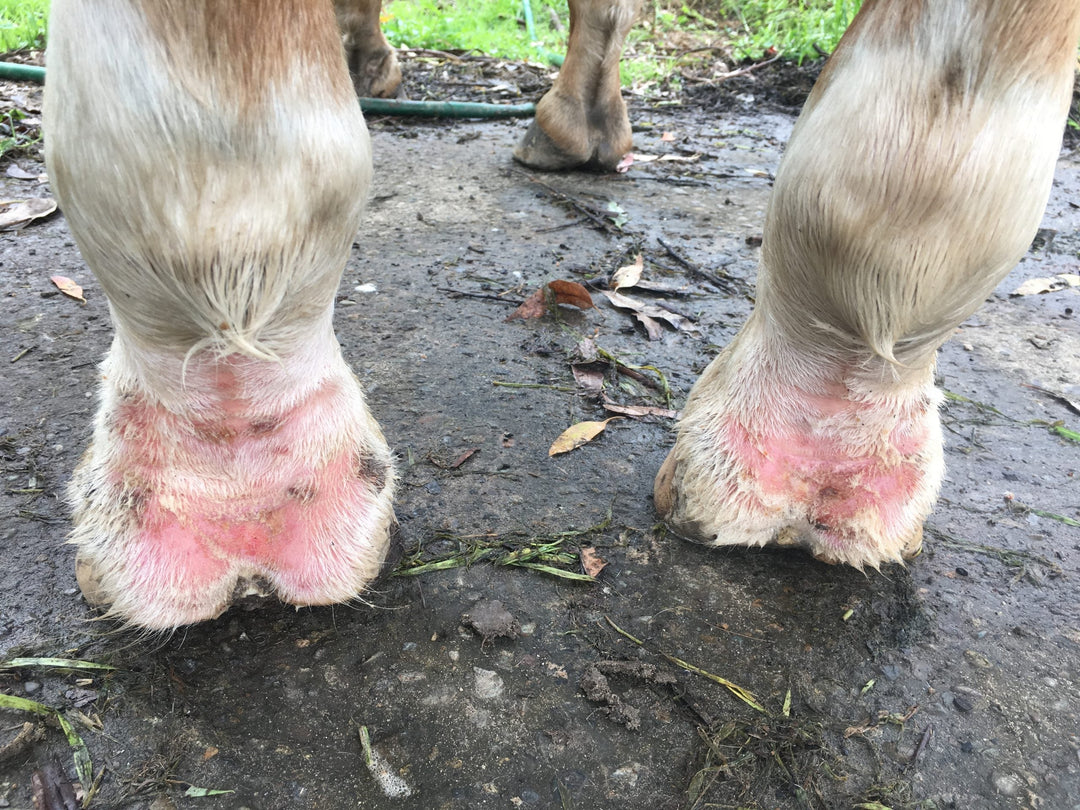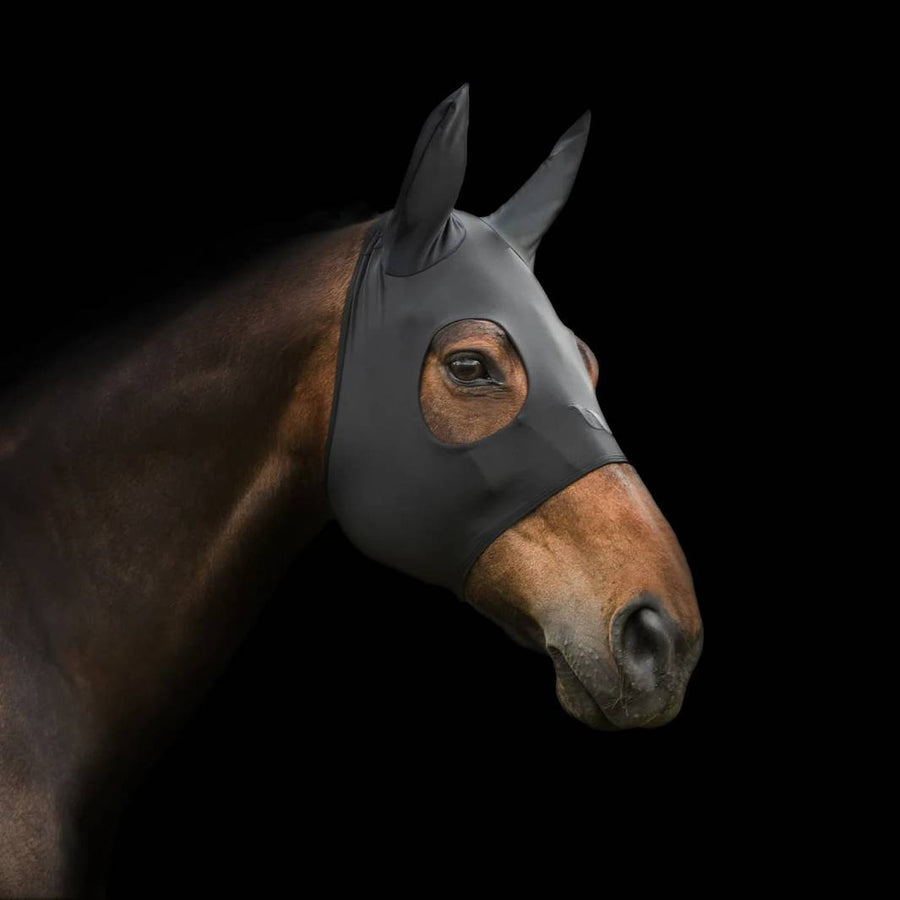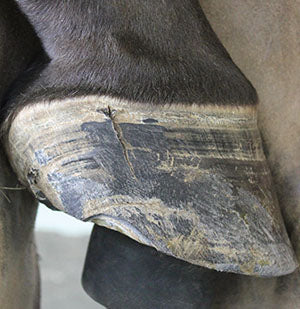Greasy Heal Treatment for Horses

Greasy heel, also known as mud fever or pastern dermatitis, is a common and often frustrating skin condition that affects the lower limbs of horses. It typically arises in wet and muddy conditions, leading to inflammation, scabbing, and discomfort for your equine companion.
Understanding Greasy Heel
Greasy heel is primarily caused by bacterial infections, notably Dermatophilus congolensis, but can also involve fungi and mites. Factors such as prolonged exposure to moisture, muddy environments, and compromised skin integrity contribute to its development. Horses with white or unpigmented skin on their legs may be more susceptible due to increased sensitivity to environmental factors.
Recognising the Signs
Early detection is crucial. Look out for:
-
Redness and swelling in the pastern area
-
Crusty scabs or lesions
-
Hair loss or matted hair
-
Oozing or discharge from affected areas
-
Sensitivity or lameness in severe cases
Treatment Strategies
Effective management involves:
-
Cleaning: Gently cleanse the affected area with a mild antiseptic solution to remove dirt and debris.
-
Drying: Thoroughly dry the area to prevent further moisture accumulation.
-
Topical Application: Apply an appropriate topical treatment to combat infection and promote healing.
-
Environmental Management: Keep the horse in a clean, dry environment to facilitate recovery.
Introducing Ranvet White Healer
Ranvet's White Healer is a versatile antiseptic cream designed to aid in the treatment of greasy heel and other skin ailments. Its formulation includes zinc oxide and melaleuca oil, offering antibacterial and antifungal properties. The cream acts as a barrier, protecting the skin while encouraging healing.
Application Guidelines:
-
Clean the affected area to remove contaminants.
-
Apply White Healer liberally once or twice daily.
-
Continue application until the condition resolves.
White Healer is also beneficial for treating minor wounds, rope burns, rain scald, and other skin irritations.
Preventive Measures
To reduce the risk of greasy heel:
-
Avoid prolonged exposure to wet and muddy conditions.
-
Maintain proper hygiene and regular grooming.
-
Ensure bedding is clean and dry.
-
Inspect the pastern area regularly for early signs of skin issues.
If symptoms persist or worsen, consult a veterinarian for further evaluation and treatment options.
For more information on Ranvet White Healer and other equine care products, visit our section First Aid for Horses.
Note: Always follow the manufacturer's instructions and consult with a veterinarian before starting any new treatment regimen.




